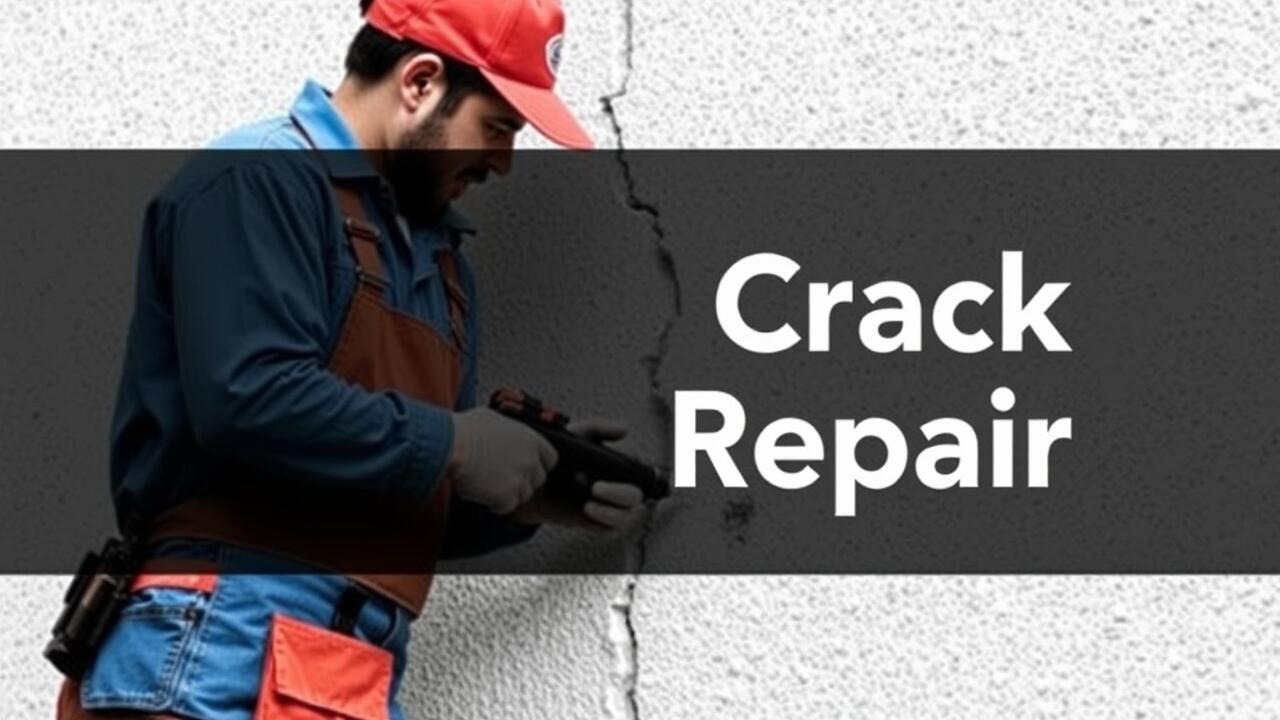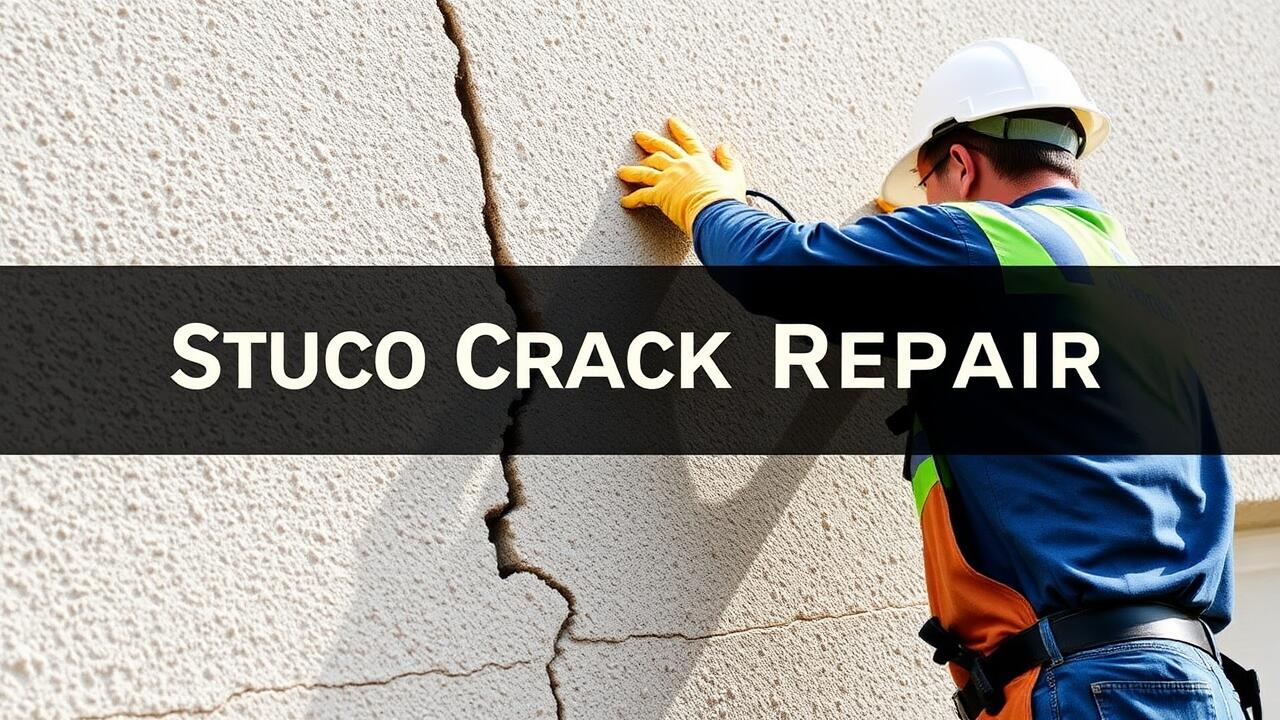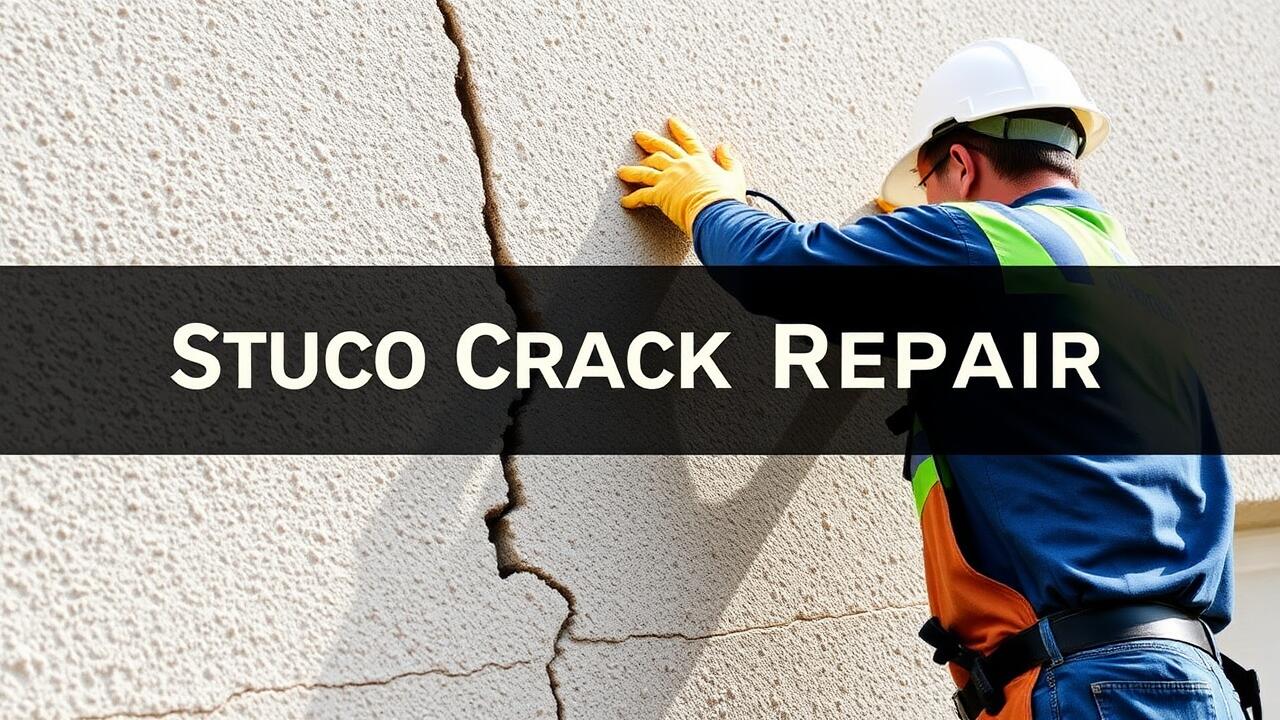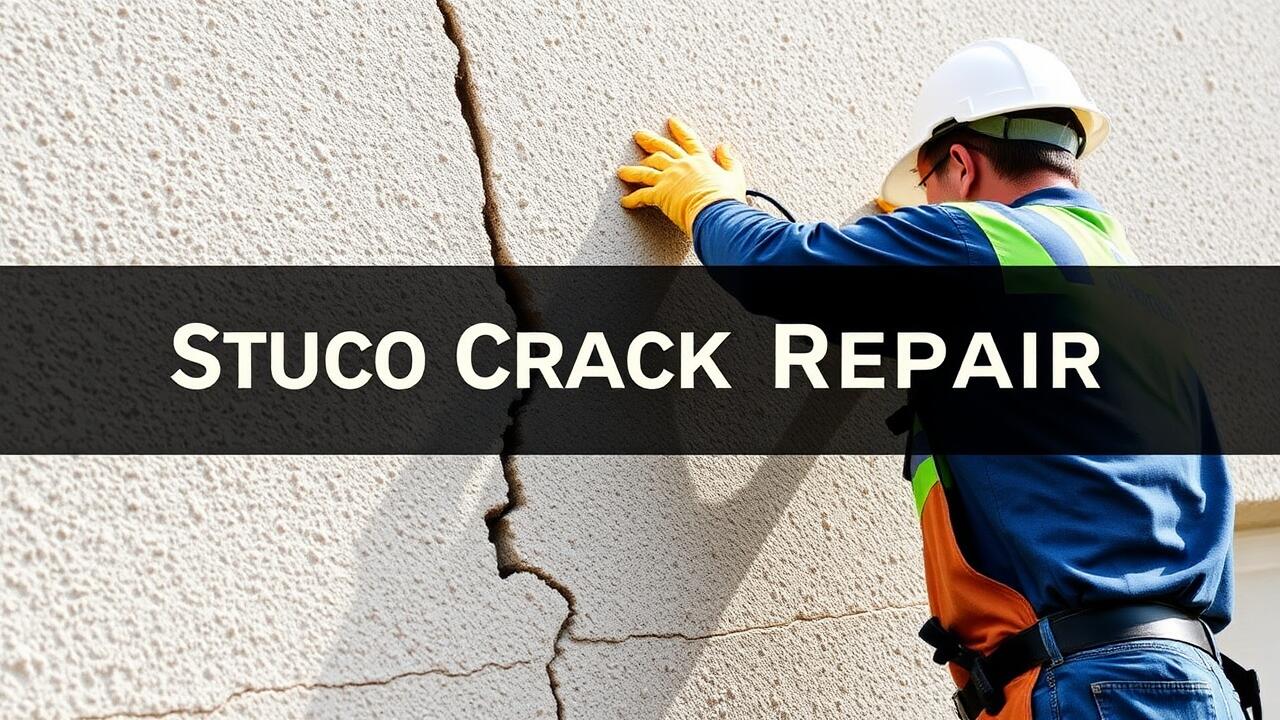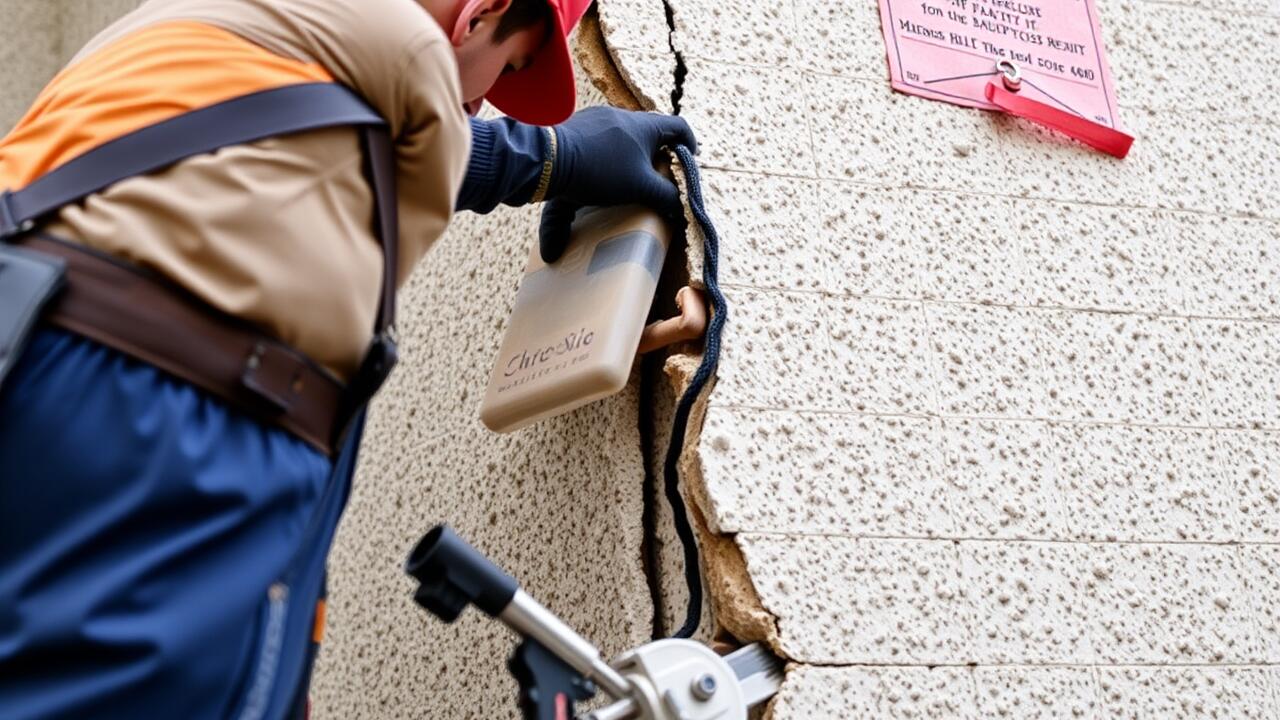
Tips for Applying Fill Effectively
When preparing to fill stucco cracks, proper surface preparation is crucial. Begin by cleaning the area around the crack thoroughly, removing any loose debris, dirt, or flaking paint. This ensures that the filler will adhere properly. For deeper cracks, consider using a chisel to widen and clean the edges, which allows for better adhesion and a more secure repair. After the surface is ready, apply a suitable filler designed for stucco, ideally one that matches the texture and composition of your existing stucco.
The application technique can significantly impact the final appearance. Use a putty knife or a trowel to press the filler into the crack, ensuring that it is compacted and fills the gap completely. Smooth the surface as much as possible to minimize the need for sanding later. For those who may need assistance or are unfamiliar with the process, professional services specializing in stucco repair, like Stucco Crack Repair in West Adams, Los Angeles, can provide expertise and ensure a seamless finish. This not only enhances the aesthetics but also helps maintain the structural integrity of your home.
Ensuring a Smooth Finish
Achieving a smooth finish when filling stucco cracks is essential for maintaining the aesthetic appeal of your property. After applying the filler, use a putty knife or a similar tool to carefully level the surface. This technique minimizes the need for excessive sanding later on. Be sure to feather the edges of the repair to blend seamlessly with the surrounding stucco. For those seeking high-quality results and expert advice, services such as Stucco Crack Repair in West Adams, Los Angeles, provide professional assistance to ensure a flawless finish.
In addition to the initial application, allow the filler to fully cure as per the manufacturer's instructions before proceeding with any painting or additional texture. Curing time can vary depending on the type of filler used and the conditions of the environment. Once cured, lightly sand any rough areas to create a uniform surface. A well-executed repair not only enhances the visual coherence of the stucco but also contributes to the overall durability of the façade.
When to Seek Professional Help
Homeowners should be vigilant about the condition of their stucco. If cracks appear that exceed a quarter of an inch in width or show signs of significant movement, it may signal deeper structural problems. Addressing these issues might require more than a simple patch. In such cases, it is prudent to seek expert assistance to assess the underlying causes and propose appropriate repairs.
Professional services for stucco crack repair in Silver Lake Heights, Los Angeles, can provide a thorough evaluation. Experts use specialized tools and techniques to ensure that the repair is not only aesthetic but also durable. Ignoring serious cracks can lead to more extensive damage over time, ultimately increasing repair costs. By consulting with professionals, homeowners can safeguard the integrity of their home and avoid future complications.
Signs That Indicate Major Structural Issues
Cracks in stucco can range from minor cosmetic issues to signs of significant structural problems. Large, horizontal, or diagonal cracks are often more concerning than smaller vertical ones. If the crack exceeds a quarter-inch in width or if multiple cracks are appearing throughout the surface, it may indicate underlying issues with the foundation or structural integrity of the building. Observing windows and doors that have difficulty opening or closing can also suggest shifting in the building's framework, warranting immediate attention.
When faced with these warning signs, it is crucial to assess the situation thoroughly. Professional evaluation is recommended to determine whether the cracks are purely cosmetic or if they stem from deeper structural concerns. Seeking expert assistance for Stucco Crack Repair in West Adams, Los Angeles, not only addresses visible damage but also potentially prevents further complications. Identifying problems early ensures that repairs are done effectively, safeguarding the longevity of your property.
Maintenance Tips for Repaired Stucco
Regular maintenance plays a vital role in ensuring the longevity of repaired stucco surfaces. Routine inspections can help identify potential issues before they escalate. It's beneficial to check for any signs of new cracks or deterioration, as these may indicate underlying problems. Keeping the exterior clean by washing it periodically can prevent mold and mildew buildup, which can compromise the integrity of the repair.
For those who have undergone stucco crack repair in West Adams, Los Angeles, applying a protective sealant can enhance weather resistance and extend the lifespan of the repairs. Repainting the stucco surface every few years not only improves aesthetics but also serves as a protective barrier against moisture. Additionally, ensure that downspouts and gutters are clear and functioning properly to divert water away from the stucco, further reducing the risk of damage.
Preventing Future Cracks
Preventing future cracks in stucco requires proactive measures during installation and maintenance. Choosing high-quality materials can significantly impact the longevity of the surface. Properly mixing the stucco and applying it in favorable weather conditions helps minimize the chances of cracking. Regular inspections should be conducted to catch any potential issues early. Addressing small cracks before they progress can save time and money in the long run.
Additionally, ensuring that the stucco is properly sealed enhances its resistance to moisture, which is a common cause of cracks. Homeowners should consider scheduling routine maintenance checks to assess the condition of their stucco. For those in need of professional assistance, looking into options like "Stucco Crack Repair in West Adams, Los Angeles" can provide expert guidance and solutions tailored to specific needs. Taking these steps can lead to a more durable and visually appealing stucco finish.
FAQS
What is the best material to use for filling stucco cracks?
The best materials for filling stucco cracks include acrylic caulk, vinyl concrete patch, or a premixed stucco patch. Each option has its advantages depending on the size and nature of the cracks.
How can I ensure a smooth finish when filling stucco cracks?
To ensure a smooth finish, apply the fill evenly, use a putty knife to smooth out the surface, and feather the edges to blend with the surrounding stucco. Allow it to dry thoroughly before painting or sealing.
When should I consider hiring a professional to fix stucco cracks?
You should seek professional help if the cracks are large, wider than 1/4 inch, or if you notice signs of major structural issues, such as shifting, water damage, or mold growth.
What are some signs that indicate major structural issues in stucco?
Signs of major structural issues include extensive cracking, sagging, bulging walls, water damage stains, or visible mold. If you observe any of these signs, it's best to consult a professional.
How can I prevent future cracks in my stucco?
To prevent future cracks, ensure proper installation, maintain good drainage away from the foundation, control moisture levels, and regularly inspect and maintain the stucco surface.
